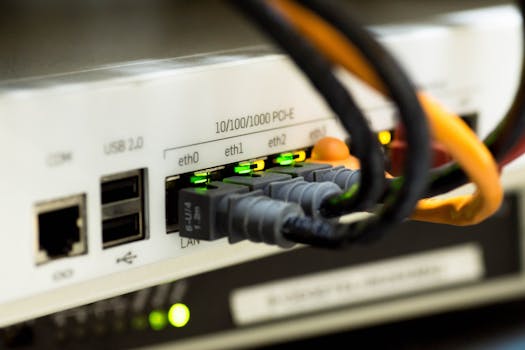
Starlink: The Revolutionary Satellite Internet Constellation
Starlink is a satellite internet constellation developed by SpaceX, a private aerospace manufacturer and space transport services company founded by Elon Musk. The project aims to provide high-speed, low-latency broadband connectivity globally, especially in areas where traditional internet infrastructure is lacking or non-existent. With its cutting-edge technology and ambitious goals, Starlink has the potential to revolutionize the way we access and use the internet.
How Starlink Works
Starlink consists of a network of low-Earth orbit (LEO) satellites, each equipped with advanced communication equipment and solar panels. The satellites are designed to provide internet connectivity to users on the ground through a phased array antenna, which allows for high-gain and steerable beams. The system uses the Ku and Ka frequency bands to transmit data between the satellites and the ground stations. The satellites are also equipped with Hall effect thrusters, which enable them to maintain their position and altitude in orbit.
The Starlink system has several key features that make it unique and innovative. Firstly, the satellites are launched into a low-Earth orbit, which is approximately 550 kilometers above the Earth’s surface. This low altitude enables the satellites to provide lower latency and higher bandwidth compared to traditional geostationary satellites. Secondly, the satellites are equipped with advanced beamforming technology, which allows them to steer and shape their beams to optimize connectivity and reduce interference.
Benefits and Applications of Starlink
Starlink has the potential to provide numerous benefits and applications, including:
The ability to provide high-speed internet connectivity to remote and underserved areas, such as rural communities, islands, and developing countries.
The potential to enable global connectivity, bridging the digital divide and promoting economic growth and development.
The ability to provide backup connectivity during natural disasters or network outages, ensuring that critical communications and services remain available.
The potential to enable IoT (Internet of Things) applications, such as smart cities, smart homes, and industrial automation.
Challenges and Controversies Surrounding Starlink
Despite its potential benefits, Starlink has also raised several concerns and challenges, including:
Space debris: The large number of satellites in the Starlink constellation has raised concerns about space debris and the potential for collisions with other satellites or spacecraft.
Interference: The Starlink system has been accused of causing interference with other satellite systems and astronomical observations.
Regulatory issues: The deployment of Starlink has raised regulatory issues, including concerns about spectrum allocation, licensing, and compliance with international regulations.
